
1,Backup containers. First of all, in order to back up the containers in Docker, we want to see the list of containers we want to back up. To achieve this goal, we need to run the docker ps command on the Linux machine where we are running the Docker engine and have created the container.
2, backup the boot partition of the Linux system ("/boot).
3. Docker will be installed under the /var/lib/docker/ directory by default under centOS. The capacity of this directory is not large, and it cannot be used if there are too many containers or mirrors created. The directory migration record is as follows (change to /home/docker): Stop the docker service.

2. When you use docker pull to pull down the image from the repository, or when you create a container from an image that does not yet exist locally, each layer will be pulled down separately and stored in the local storage area of Docker, which is usually /var/lib/ Docker/on the Linux host.
3. The operation steps are as follows: To install Docker, install the necessary dependencies on the Linux server. You can use the dockerimages command to obtain all the mirror images in the local repository, and select the appropriate one to download or update according to your needs.
1, restart the computer, enter the BIOS/boot window, set the mobile hard disk as the first boot device, and save the settings to exit the window. Restart the computer and test to start Linux from the mobile hard disk; after x0dx0a is successful, it is natural to restore the original hard disk connection of the host.
2. First, install the hard disk and partition it, and format it. It's better not to mount a new partition. The same goes for other subdivisions. In addition, the dd command will also copy uuid. After the migration is completed, the system in the new partition cannot be started yet.
3. My system is only installed in one partition, so I migrate directly in root mode: the migration is completed in about an hour.
4. The following will introduce how to transfer the system from the old hard disk to the new hard disk.Step 1: Backup data. Before replacing the hard disk, you need to back up the data on the old hard disk. Backup can be achieved by copying files to another hard disk or using backup software.
5. Specific steps: 1. Download ddcopy, make a win98 boot floppy disk and copy ddcopy to the floppy disk. You can also use a USB flash drive. 2. Connect the first hard disk, that is, the source disk with the Linux system installed, to the main data line connected to the main version, and the second hard disk, that is the target disk, is connected to the secondary data line connected to the main version.
1. Click the virtual machine and select to install VMware tools.Click to download directly. After the download is completed, just click to install. Just drag the files in the local machine directly into VMware. Select the virtual machine and click Settings. Enter the options page. Select the shared folder.
2. Click the virtual machine of your system, right-click setting, and then click option. There is a shared folder in it. The default is disabled. You can set a folder of your system to always enable, and this directory can be interoperable with linux in the future.
3. vmotion migration (hot migration): the open virtual machine is moved from one host or storage location to another host or storage location without interruption, also known as 'real-time migration'.Migration includes: any amount of system and application data running in memory, hardware device information.
DigiPlus Philippine-APP, download it now, new users will receive a novice gift pack.
1,Backup containers. First of all, in order to back up the containers in Docker, we want to see the list of containers we want to back up. To achieve this goal, we need to run the docker ps command on the Linux machine where we are running the Docker engine and have created the container.
2, backup the boot partition of the Linux system ("/boot).
3. Docker will be installed under the /var/lib/docker/ directory by default under centOS. The capacity of this directory is not large, and it cannot be used if there are too many containers or mirrors created. The directory migration record is as follows (change to /home/docker): Stop the docker service.

2. When you use docker pull to pull down the image from the repository, or when you create a container from an image that does not yet exist locally, each layer will be pulled down separately and stored in the local storage area of Docker, which is usually /var/lib/ Docker/on the Linux host.
3. The operation steps are as follows: To install Docker, install the necessary dependencies on the Linux server. You can use the dockerimages command to obtain all the mirror images in the local repository, and select the appropriate one to download or update according to your needs.
1, restart the computer, enter the BIOS/boot window, set the mobile hard disk as the first boot device, and save the settings to exit the window. Restart the computer and test to start Linux from the mobile hard disk; after x0dx0a is successful, it is natural to restore the original hard disk connection of the host.
2. First, install the hard disk and partition it, and format it. It's better not to mount a new partition. The same goes for other subdivisions. In addition, the dd command will also copy uuid. After the migration is completed, the system in the new partition cannot be started yet.
3. My system is only installed in one partition, so I migrate directly in root mode: the migration is completed in about an hour.
4. The following will introduce how to transfer the system from the old hard disk to the new hard disk.Step 1: Backup data. Before replacing the hard disk, you need to back up the data on the old hard disk. Backup can be achieved by copying files to another hard disk or using backup software.
5. Specific steps: 1. Download ddcopy, make a win98 boot floppy disk and copy ddcopy to the floppy disk. You can also use a USB flash drive. 2. Connect the first hard disk, that is, the source disk with the Linux system installed, to the main data line connected to the main version, and the second hard disk, that is the target disk, is connected to the secondary data line connected to the main version.
1. Click the virtual machine and select to install VMware tools.Click to download directly. After the download is completed, just click to install. Just drag the files in the local machine directly into VMware. Select the virtual machine and click Settings. Enter the options page. Select the shared folder.
2. Click the virtual machine of your system, right-click setting, and then click option. There is a shared folder in it. The default is disabled. You can set a folder of your system to always enable, and this directory can be interoperable with linux in the future.
3. vmotion migration (hot migration): the open virtual machine is moved from one host or storage location to another host or storage location without interruption, also known as 'real-time migration'.Migration includes: any amount of system and application data running in memory, hardware device information.
bingo plus update today Philippines
author: 2025-01-22 03:55UEFA Champions League live streaming free
author: 2025-01-22 03:00 Casino Plus free 100
Casino Plus free 100
221.61MB
Check Hearthstone Arena win rate
Hearthstone Arena win rate
822.95MB
Check UEFA Champions League
UEFA Champions League
449.27MB
Check Hearthstone Arena win rate
Hearthstone Arena win rate
493.11MB
Check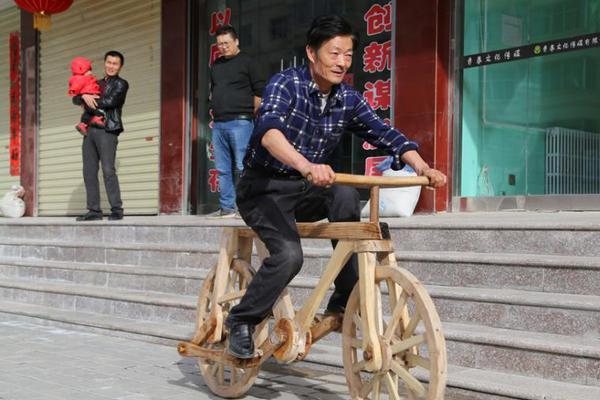 Hearthstone arena
Hearthstone arena
141.29MB
Check Bingo Plus stock
Bingo Plus stock
159.77MB
Check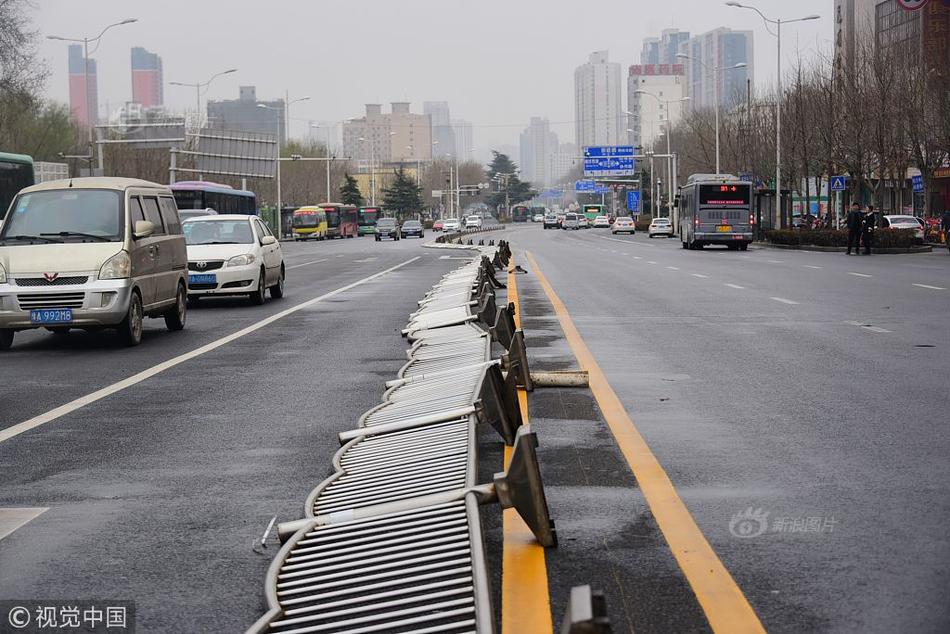 Hearthstone deck
Hearthstone deck
627.53MB
Check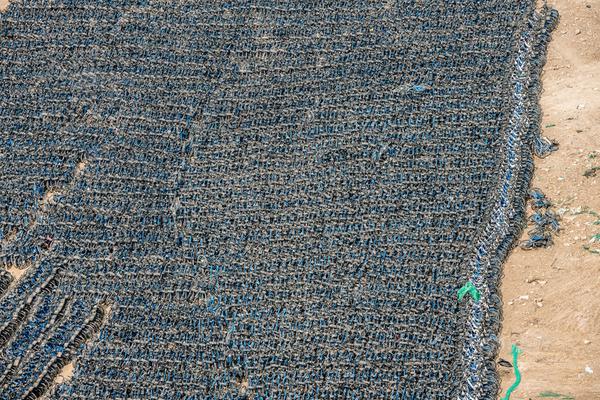 UEFA live free
UEFA live free
499.81MB
Check UEFA EURO
UEFA EURO
448.84MB
Check Casino free 100 no deposit
Casino free 100 no deposit
814.69MB
Check Hearthstone Arena class tier list 2024
Hearthstone Arena class tier list 2024
731.39MB
Check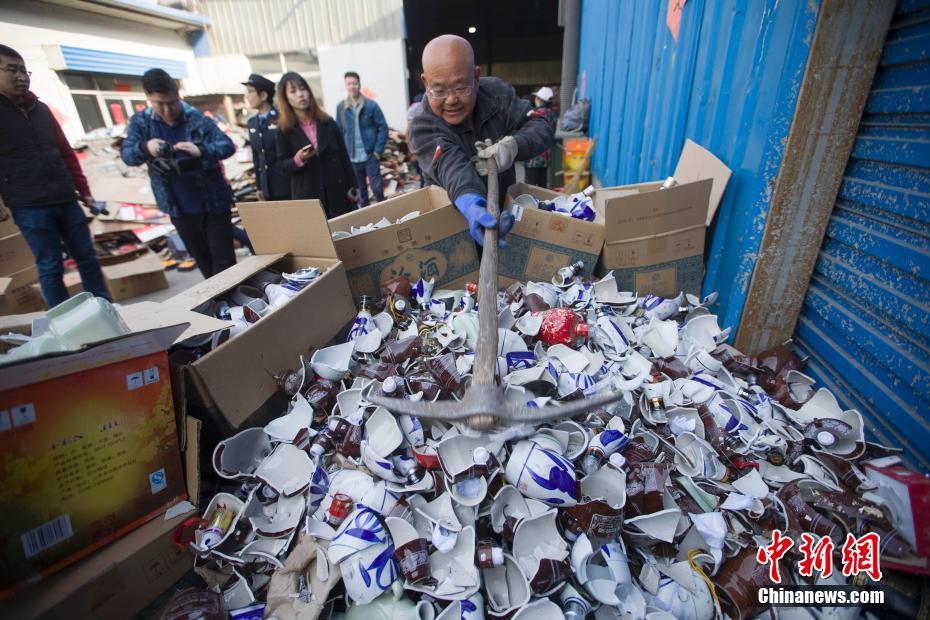 Walletinvestor digi plus
Walletinvestor digi plus
618.94MB
Check TNT Sports
TNT Sports
993.35MB
Check UEFA European championship
UEFA European championship
162.86MB
Check LR stock price Philippines
LR stock price Philippines
752.51MB
Check Bingo Plus stock
Bingo Plus stock
444.57MB
Check Hearthstone Wild Decks
Hearthstone Wild Decks
578.29MB
Check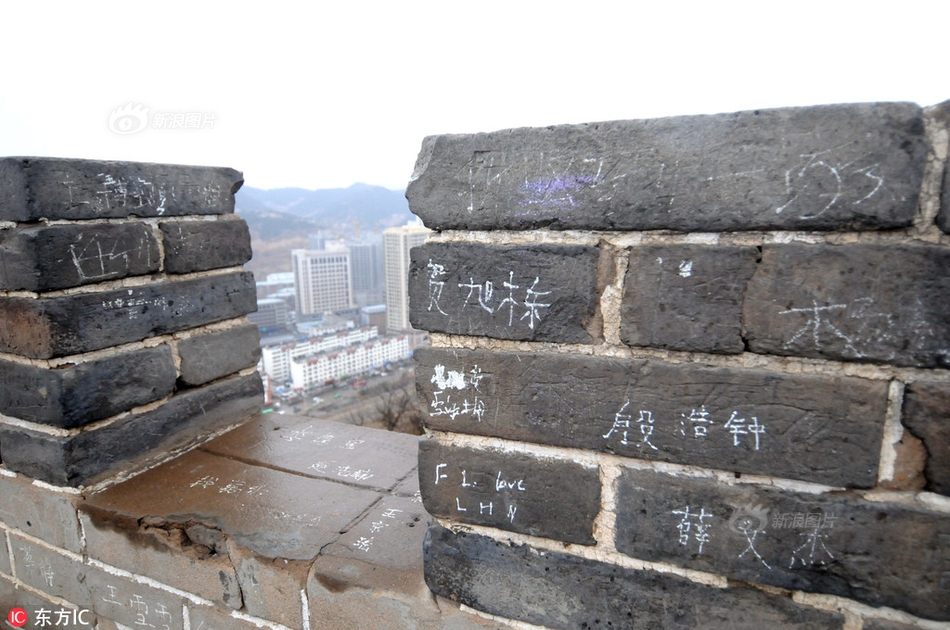 PAGCOR online casino free 100
PAGCOR online casino free 100
533.91MB
Check casino plus free 100
casino plus free 100
837.23MB
Check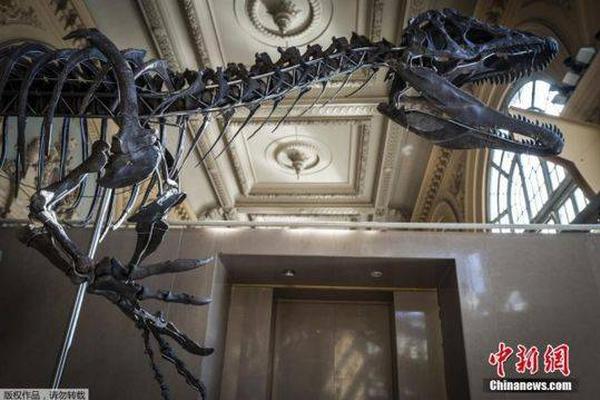 Hearthstone Arena Tier List
Hearthstone Arena Tier List
125.71MB
Check UEFA Europa League
UEFA Europa League
269.44MB
Check Casino Plus login register
Casino Plus login register
337.96MB
Check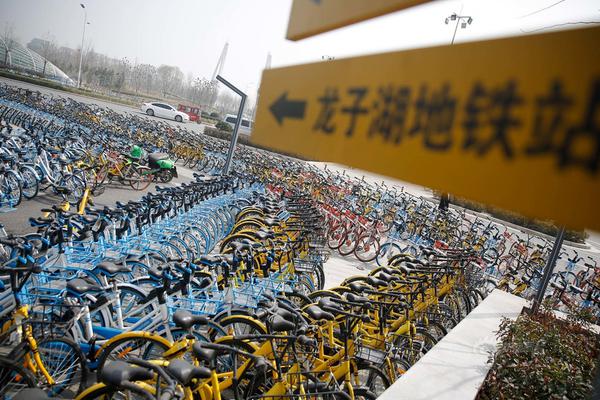 Europa League app
Europa League app
789.82MB
Check LR stock price Philippines
LR stock price Philippines
582.79MB
Check Casino Plus GCash login
Casino Plus GCash login
744.96MB
Check UEFA TV
UEFA TV
686.77MB
Check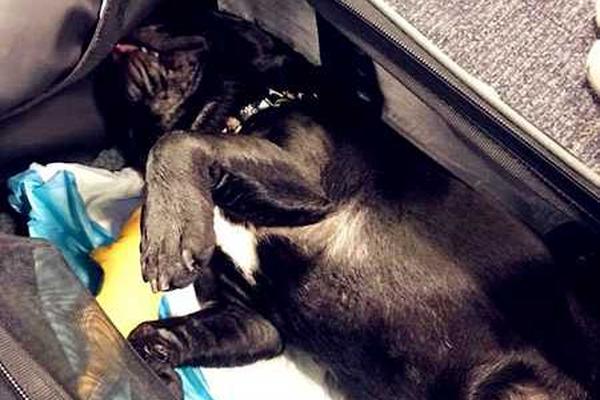 DigiPlus stock
DigiPlus stock
659.38MB
Check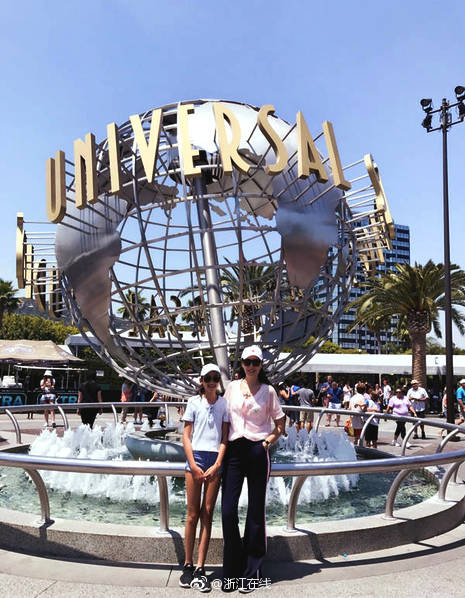 Hearthstone Arena Tier List
Hearthstone Arena Tier List
144.84MB
Check UEFA European championship
UEFA European championship
763.25MB
Check DigiPlus stock
DigiPlus stock
678.17MB
Check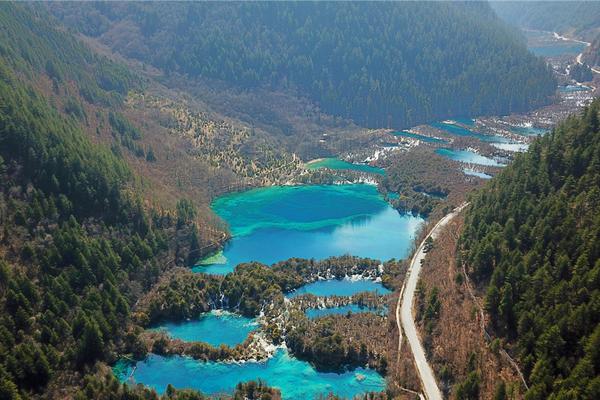 App to watch Champions League live free
App to watch Champions League live free
132.62MB
Check casino plus free 100
casino plus free 100
279.76MB
Check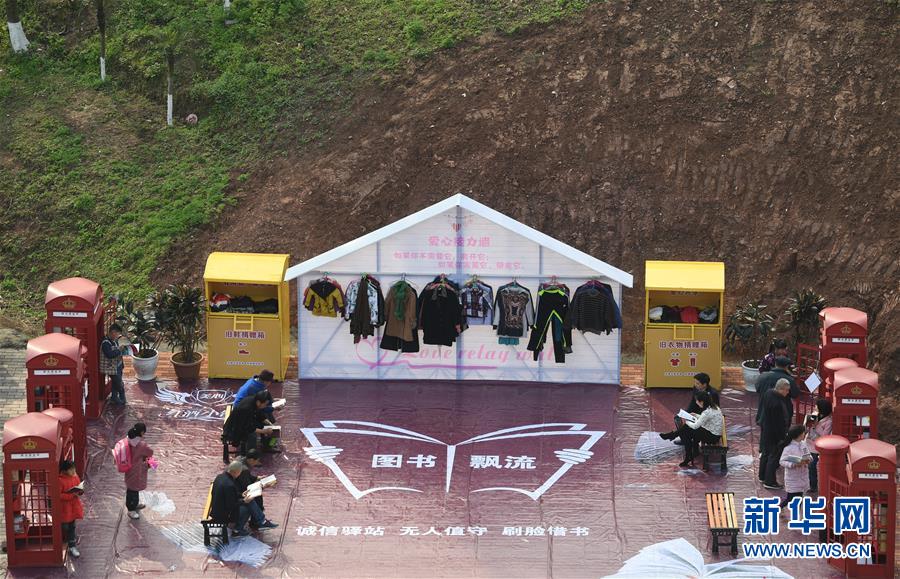 DigiPlus Philippine
DigiPlus Philippine
886.87MB
Check Hearthstone arena
Hearthstone arena
451.15MB
Check Hearthstone arena class win rates reddit
Hearthstone arena class win rates reddit
295.26MB
Check Hearthstone Arena Tier List
Hearthstone Arena Tier List
293.86MB
Check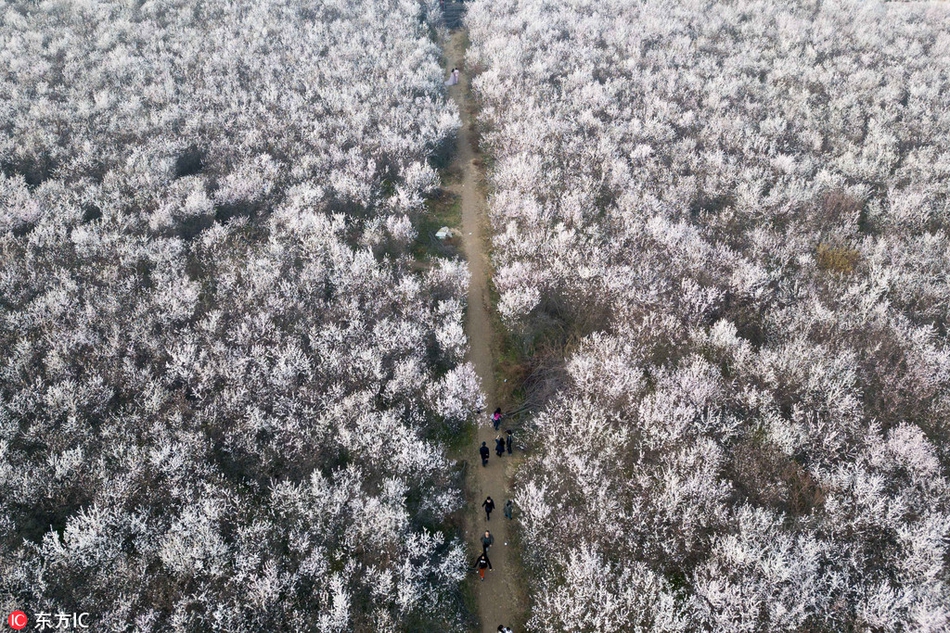
Scan to install
DigiPlus Philippine to discover more
Netizen comments More
572 DigiPlus stock
2025-01-22 04:05 recommend
1873 Hearthstone Wild Decks
2025-01-22 04:02 recommend
1258 Hearthstone Wild Decks
2025-01-22 03:10 recommend
284 100 free bonus casino no deposit GCash
2025-01-22 01:56 recommend
99 UEFA Europa League
2025-01-22 01:44 recommend